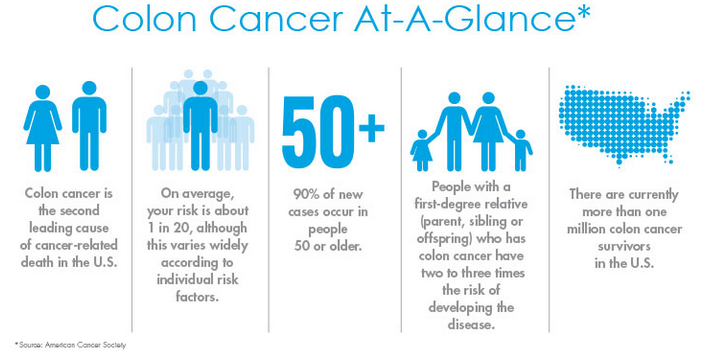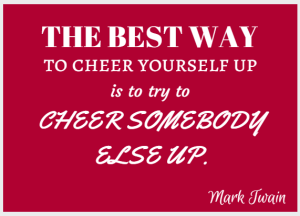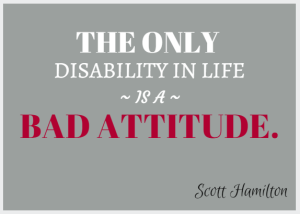The New Year is here and many of the patients and staff at Iowa Cancer Specialists are setting resolutions — get to the gym more, lose weight, be healthy, save money — but one of the more overlooked ones may be keeping mental health in check.
Around one in three cancer patients has anxiety or another mental health challenge that they will face over their battle with cancer and as the new year is upon us, make a different type of resolution to keep yourself mentally healthy.
Read on to find out some steps you can take to be proactive in your journey.
Reach out
The first step is always the hardest, letting someone know you are dealing with symptoms of anxiety including uncontrollable worry, restlessness, irritability or others, reach out to your doctor at Iowa Cancer Specialists.
There is nothing to be ashamed about in admitting you have been facing troubles and the doctors at Iowa Cancer are prepared and ready to help you in any way possible.
Having trouble reaching out? The government provides resources for those struggling to reach out.
Mindfulness
The idea of meditation in your head may include sitting around cross-legged and slowly humming, but the effects of simple meditation on the mind can be profound.
Simple meditation can be as easy as downloading a smartphone app and following instructions. Popular apps for meditation include Headspace for iOS and Android.
Don’t want to go the app route? That is okay, a referral to an area therapist can help guide you in the process to becoming more mindful. If you fear not being able to pay for a therapist no worries, many work on income based sliding scale payment.
Find a support network
A cancer diagnosis can feel very isolating, leaving you in a place where it feels as if nobody knows what you are going through. One way to ease that isolation is reaching out to others battling cancer and survivors.
In the Quad-Cities multiple support groups exist including Gilda’s Club, who provides multiple types of support groups and other support to those with cancer. Other opportunities can be found at this list of local support groups through the Quad-City Times.
New year, new resolutions
Don’t be afraid to be ambitious in your New Year’s resolutions, turning over a new leaf can be a powerful way to take agency back during your cancer diagnosis. If making any health decisions make sure to run them by your doctor before setting off the conquer the world.
Make sure to let us know what YOUR resolutions are in the comments below.



















